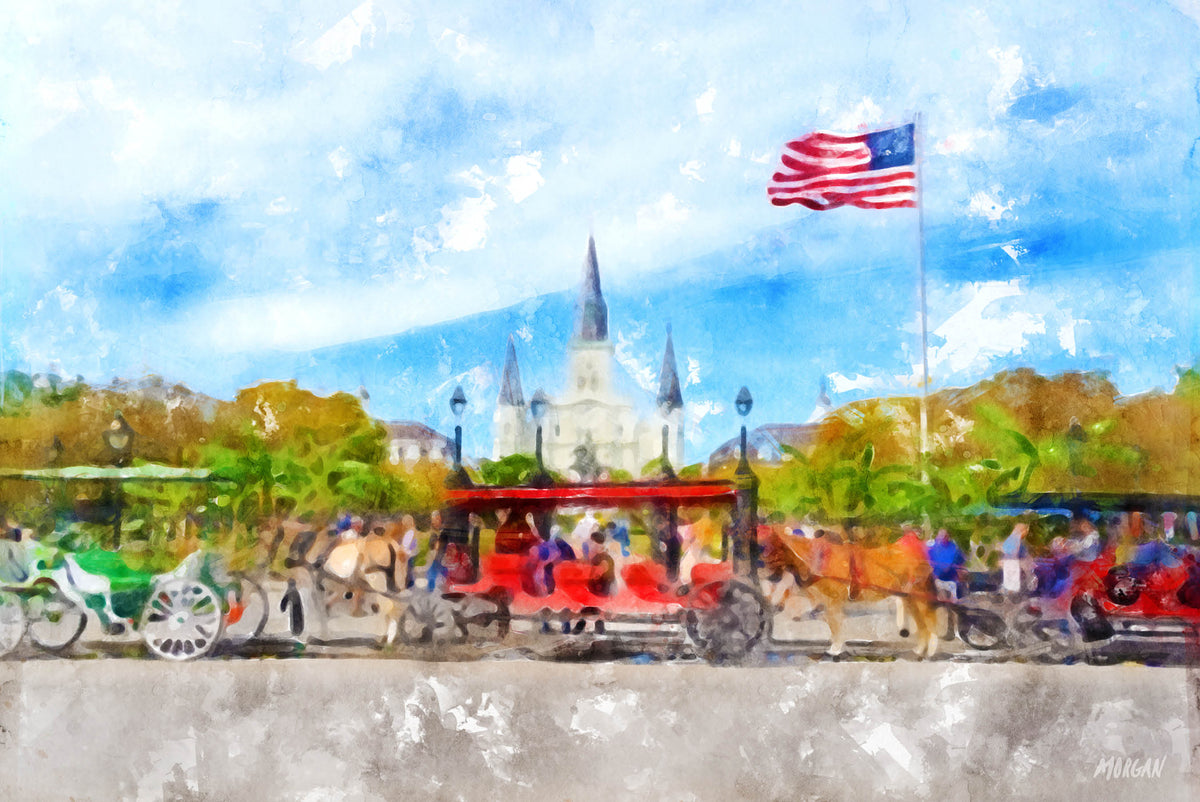
A walk through the desert is a walk through a peculiar kind of paradise. The flora, in the way of cactus and succulents, is sturdy and robust, and the fauna—snakes and reptiles—are especially resilient. Every inch of red expanse seems to be swathed in armor, ready to ward off deadly rays from an exhaustive sun. And yet, there is something inwardly moving about a kaleidoscopic stretch of desolate desert.
If any of us have been on a desert trek—whether “on a horse with no name” or on an exploratory hike—it’s the details of the badlands which make the red expanses alive and brilliant, not heated deathtraps they’re oft described as. It’s these very lands that encapsulate maybe the most striking figure in the southwestern United States—the esteemed saguaro cactus.
Many don’t know just how monumental these spindly figures can be. The saguaro, native to the Sonoran Desert in Arizona, the Whipple Mountains, and Imperial County, California, wields the scientific name carnigiea gigantica for good reason. These cacti can grow over 60 feet tall.
A saguaro is a slow-growing plant—a ten-year-old saguaro cactus could stand a laughable two inches tall. But their will to grow runs parallel to the tenacity of the desert itself—their pint-sized youth blooms on as if unadulterated by the harsh elements. When finally reaching a point of maturation, adult saguaro tower above as a tree-like entity, developing skyward branches as it ages. Sometimes over 25 branches protrude from a single plant. And the limbs will likely stay in good form for a long time—prime desert conditions for a saguaro can mean a lifespan of over 200 years. That’s two centuries of standing tall as a gatekeeper of the desert—the looming masters of a wide expanse, towering over the day-to-day of the sparse wildlife, watching as the days slip by.
Besides the saguaro, the desert sky is another wide-eyed affair. On a typical day in the desert, dawn and dusk will be strikingly similar. As the sun creeps closer toward peaks of distant mountain ranges, the often cloudless skies burst into explosions of varying colors of red. The apocalyptic show mirrors itself during daybreak and during the slip to night—a timeless individual would not be able to differentiate a desert sunrise and sunset were it not for the movement of the sun itself. This heart-stopping show of “desert red” can only be found when these red realms are visited—even the sharpest of camera lenses can’t adequately capture the unique palette in the sky.




